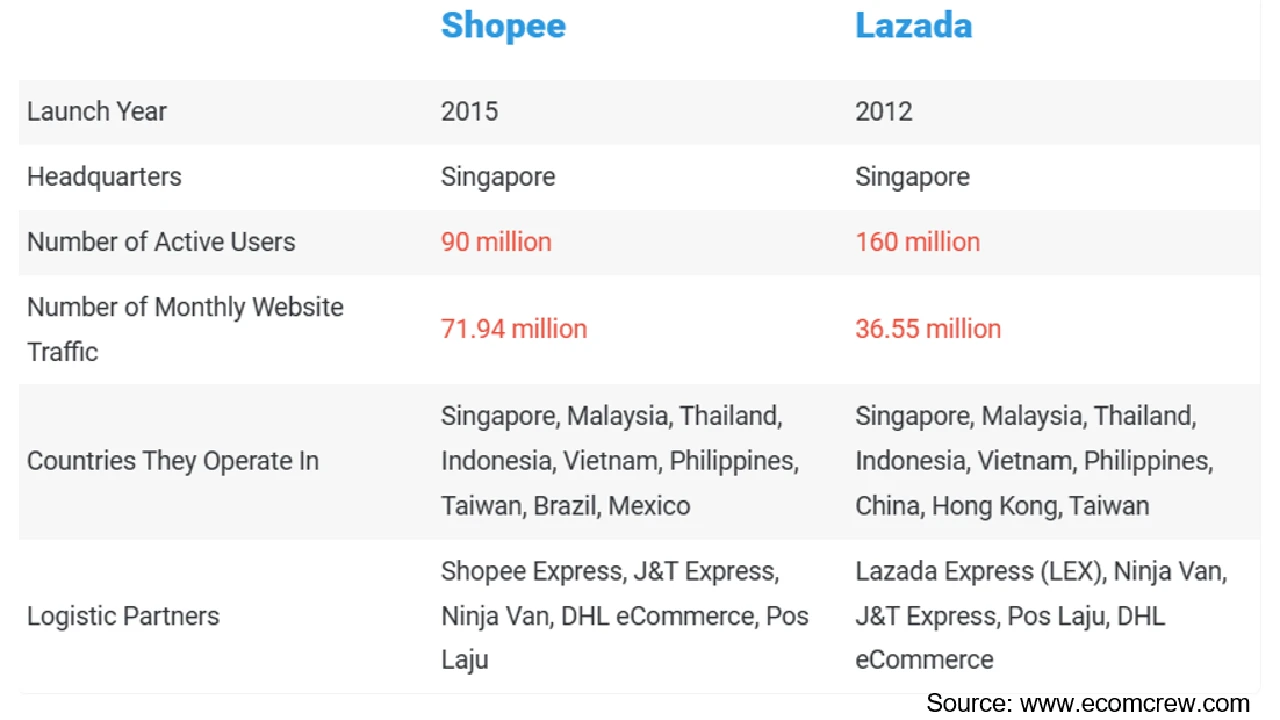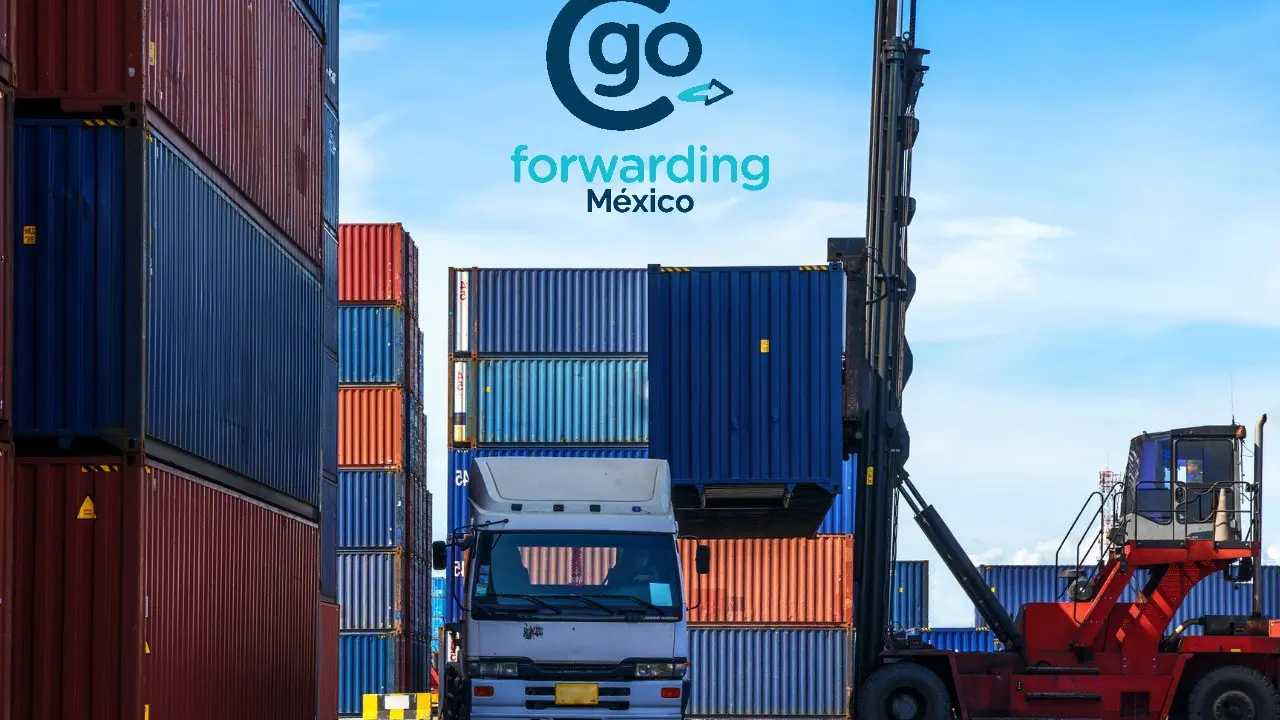Shopee vs. Lazada: Which Marketplace is Best for SEA Sellers in 2025?
Sample meta description.

Understanding the E-commerce Landscape in Southeast Asia and Mexico in 2025
Okay, so you're thinking about selling in Southeast Asia (SEA) and maybe even Mexico in 2025? Smart move! These markets are booming. But choosing between Shopee and Lazada? That's the million-dollar question. Let's break it down. We're not just talking about today; we're peeking into the future, considering trends, growth, and what sellers like *you* will need to succeed. SEA's got a huge mobile-first population, and e-commerce is deeply ingrained in daily life. Mexico is catching up fast, with increasing internet penetration and a growing appetite for online shopping. Both regions are diverse, with varying consumer preferences, logistics challenges, and regulatory environments. Knowing this upfront is crucial.
Shopee The Mobile First Marketplace Powerhouse in SEA and Mexico
Shopee? Think mobile. Seriously. They nailed the mobile shopping experience. It's intuitive, engaging, and built for the way people in SEA and Mexico actually *use* their phones. Shopee's strength lies in its gamified approach – think in-app games, flash sales, and social features. This keeps users hooked and coming back for more. They've also invested heavily in localized marketing, understanding the nuances of each market. Their seller tools are constantly evolving, making it easier to manage listings, track orders, and run promotions. Let's not forget ShopeePay, their integrated payment system, which simplifies transactions and builds trust. In 2025, expect Shopee to double down on these strengths, leveraging AI to personalize the shopping experience and further streamline seller operations.
Lazada The Established E-commerce Platform with a Strong Logistics Network in SEA
Lazada's the OG of SEA e-commerce. They've been around longer and have a more established logistics network. This is a *huge* advantage, especially when dealing with the complexities of shipping across islands and cities. Lazada focuses on a wider range of products, from electronics to fashion to groceries. They're also pushing hard on cross-border selling, making it easier for international sellers to reach SEA consumers. Their technology is more mature, offering robust analytics and seller support. While they might not be as flashy as Shopee, Lazada's reliability and scale are undeniable. By 2025, Lazada will likely be focusing on enhancing its logistics capabilities even further, offering faster and more reliable delivery options. Expect them to also invest in more sophisticated seller tools, helping businesses optimize their product listings and pricing strategies.
Key Differences Shopee vs Lazada in 2025 A Detailed Comparison for Sellers
Okay, let's get down to brass tacks. What *really* sets them apart? Shopee is generally better for smaller businesses and those just starting out. Their platform is easier to use, and their fees are often lower. Lazada is a better fit for larger businesses with more complex operations. They can handle higher volumes and offer more sophisticated marketing tools. * **Target Audience:** Shopee skews younger and more mobile-focused. Lazada appeals to a broader demographic. * **Product Categories:** Shopee is strong in fashion, beauty, and home goods. Lazada has a wider range, including electronics and appliances. * **Fees:** Shopee typically has lower commission fees. Lazada's fees can be higher, but they offer more advanced services. * **Logistics:** Lazada has a more established logistics network, but Shopee is rapidly catching up. * **Marketing:** Shopee excels at social media marketing and in-app promotions. Lazada offers more traditional advertising options. * **Seller Support:** Both platforms offer seller support, but Lazada's is generally considered more comprehensive. Think about *your* business. What are your priorities? What kind of products do you sell? Who are you trying to reach? The answers to these questions will help you determine which platform is the better fit.
Product Recommendations for SEA and Mexico Marketplaces in 2025
Alright, let's talk specifics. What should you be selling in 2025? Here are a few ideas, with examples, use cases, comparisons, and pricing: * **Portable Power Banks (SEA):** With frequent power outages in some areas, a reliable power bank is a lifesaver. * *Example:* Anker PowerCore 10000. * *Use Case:* Charging phones, tablets, and other devices on the go. * *Comparison:* Anker vs. Xiaomi vs. Samsung – Anker is known for reliability, Xiaomi for affordability, and Samsung for brand recognition. * *Price:* $20-$40 USD. * **Air Purifiers (Mexico):** Air pollution is a growing concern in many Mexican cities. * *Example:* LEVOIT Air Purifier Core 300S. * *Use Case:* Improving air quality in homes and offices. * *Comparison:* LEVOIT vs. Coway vs. Dyson – LEVOIT offers good value, Coway is known for its filtration system, and Dyson for its design and technology. * *Price:* $80-$200 USD. * **Wireless Earbuds (Both SEA & Mexico):** Essential for commuting, working out, and listening to music on the go. * *Example:* Jabra Elite 75t. * *Use Case:* Hands-free calls, listening to music, and noise cancellation. * *Comparison:* Jabra vs. Apple AirPods vs. Sony – Jabra is known for its sound quality, Apple for its ecosystem integration, and Sony for its noise cancellation. * *Price:* $80-$250 USD. * **Eco-Friendly Cleaning Products (Both SEA & Mexico):** Growing demand for sustainable and environmentally friendly products. * *Example:* Blueland Cleaning Tablets. * *Use Case:* Cleaning homes and offices without harsh chemicals. * *Comparison:* Blueland vs. Method vs. Seventh Generation – Blueland is known for its innovative tablet system, Method for its stylish packaging, and Seventh Generation for its commitment to sustainability. * *Price:* $10-$30 USD per kit. * **Smart Home Devices (Mexico):** Increasing adoption of smart home technology. * *Example:* Amazon Echo Dot (4th Gen). * *Use Case:* Voice control, home automation, and entertainment. * *Comparison:* Amazon Echo vs. Google Nest vs. Apple HomePod – Amazon is known for its Alexa integration, Google for its Google Assistant, and Apple for its privacy features. * *Price:* $30-$60 USD. Remember to research local trends and preferences to tailor your product offerings. What's hot in Jakarta might not be hot in Guadalajara.
SEO Optimization Tips for Shopee and Lazada Product Listings in 2025
Okay, so you've got your products. Now you need to get them seen! Here are some SEO tips for Shopee and Lazada in 2025: * **Keyword Research is King:** Use tools like Google Keyword Planner, Ahrefs, and SEMrush to identify relevant keywords. Think about what customers are *actually* searching for. * **Optimize Your Product Titles:** Include your primary keyword in the title, but keep it concise and readable. Don't stuff it with keywords! * **Write Compelling Product Descriptions:** Highlight the benefits of your product and use secondary keywords throughout the description. Tell a story! * **Use High-Quality Images:** Invest in professional product photography. Clear, well-lit images are essential. * **Encourage Customer Reviews:** Positive reviews build trust and improve your search ranking. Ask happy customers to leave reviews. * **Run Targeted Ads:** Use Shopee and Lazada's advertising platforms to reach a wider audience. Experiment with different ad formats and targeting options. * **Monitor Your Performance:** Track your sales, traffic, and conversion rates to see what's working and what's not. Adjust your strategy accordingly. * **Mobile Optimization:** Ensure your product listings are mobile-friendly. Most shoppers are using their phones! * **Localized Content:** Translate your product listings into local languages. This will help you reach a wider audience. * **Use Video:** Video product descriptions are increasingly popular. Show your product in action! Remember, SEO is an ongoing process. Stay up-to-date on the latest trends and algorithms to stay ahead of the competition.
The Future of E-commerce in SEA and Mexico Trends to Watch in 2025
Looking ahead to 2025, here are some key trends to keep an eye on: * **Livestream Shopping:** This is already huge in China and is quickly gaining traction in SEA and Mexico. Think interactive shopping experiences with live product demonstrations. * **AI-Powered Personalization:** Expect more personalized product recommendations and shopping experiences based on individual preferences. * **Augmented Reality (AR):** AR will allow customers to virtually try on clothes, see how furniture looks in their homes, and more. * **Voice Commerce:** Voice assistants like Alexa and Google Assistant will play a bigger role in e-commerce. * **Sustainable E-commerce:** Consumers are increasingly demanding sustainable products and packaging. * **Cross-Border E-commerce:** Expect more seamless cross-border shopping experiences. * **Faster Delivery:** Consumers will expect faster and more reliable delivery options. * **Increased Competition:** The e-commerce landscape will become even more competitive. Stay informed, adapt to these trends, and you'll be well-positioned to succeed in the SEA and Mexico e-commerce markets in 2025. Good luck!
:max_bytes(150000):strip_icc()/277019-baked-pork-chops-with-cream-of-mushroom-soup-DDMFS-beauty-4x3-BG-7505-5762b731cf30447d9cbbbbbf387beafa.jpg)






